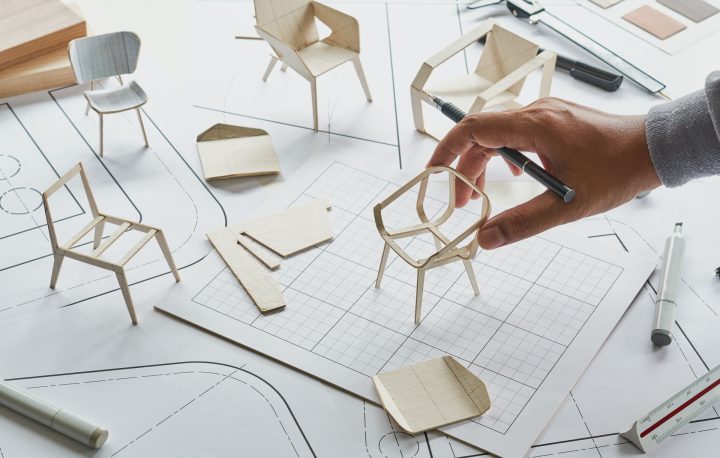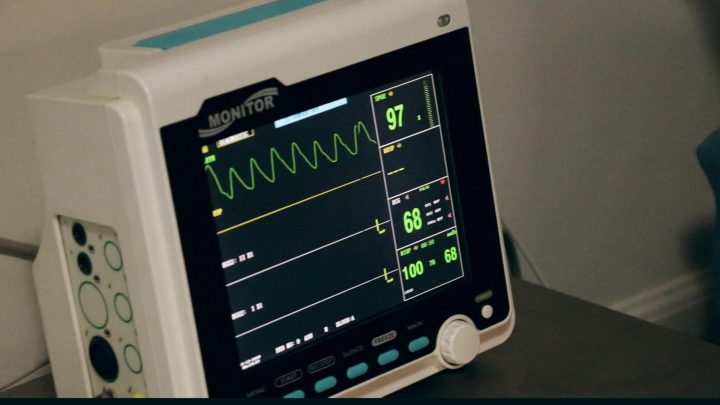Medical Device Prototyping: A Comprehensive Overview
In the intricate domain of medical advancements, prototyping stands as a beacon of innovation. As a nationally esteemed product design and development company, we’ve been at the forefront, driving change through our unparalleled expertise in medical device design and prototyping. Let’s delve further into the nuance and precision behind the art of medical device prototyping.
What is medical device prototyping?
Definition and Overview
Medical device prototyping is more than a foundational step; it’s the bridge between concept and reality. It involves the creation of a tangible, working model of a device, built to test theories, validate functionality, and refine designs. While a prototype might not always encapsulate the aesthetic finesse of the final product, its importance lies in its ability to embody and validate the device’s core functionalities.
Importance of Prototyping in Medical Device Development
Prototyping serves as a litmus test for ideas. It enables design flaws to be identified and rectified early, ensuring that the resultant medical devices are not just functional but excel in their intended purpose. The iterative design process enabled by prototyping has, time and again, proven instrumental in transforming rudimentary ideas into life-saving devices.
How is prototyping used in healthcare?
Addressing Complex Medical Challenges
The healthcare sector, with its myriad challenges, requires solutions that are both innovative and dependable. Prototyping aids in visualizing these solutions. For instance, when we partnered with a pioneering neurology unit, our prototype of a neural monitoring device facilitated enhanced patient monitoring, enabling timely interventions and better patient outcomes.
Patient Safety and Usability Testing
The heart of any medical device is its user – whether a healthcare professional or a patient. Prototyping plays a pivotal role in ensuring these devices are intuitive, safe, and efficient. By testing with actual users, we gain invaluable insights, refining our designs based on this feedback, leading to products that truly meet the unique demands of the medical world.
How do you create a medical prototype?
Preliminary Design and Conceptualization
Every game-changing medical device starts as a spark, an idea. This idea undergoes rigorous conceptualization, where our seasoned design team employs state-of-the-art software and their extensive experience to mold it into a tangible design that resonates with the intended purpose.
Material Selection and Fabrication
The medical field demands nothing short of excellence. Our choice of materials reflects this ethos. Ensuring biocompatibility, durability, and function are paramount. Employing methods like 3D printing, CNC machining, and even handcrafting when necessary, we transform meticulous designs into tangible prototypes.
Testing and Validation
The litmus test for any prototype is its performance. Every prototype undergoes a stringent regime of tests to ascertain its efficiency, safety, and durability. Our collaboration with leading orthopedic specialists, for example, led to the creation of a tool whose prototypes underwent multiple iterations based on surgeon feedback, culminating in a product that revolutionized certain surgical procedures.
Medical Device Prototyping Examples
Wearable Monitoring Devices
The wearable health tech arena is burgeoning, and our contributions have been seminal. Our journey in crafting a prototype for a next-gen cardiac monitoring wearable saw us engage in deep collaborations with cardiologists, ensuring the device’s real-world applicability and accuracy.
Surgical Instruments and Tools
Creating tools for surgery demands precision and a deep understanding of the surgical landscape. One of our landmark projects involved prototyping a minimally invasive surgical instrument. The result, after various prototype iterations, was a tool that redefined surgical procedures with its enhanced functionality and ergonomic design.
Implantable Devices
Implantables come with their own set of unique challenges. Every prototype must meet stringent safety criteria. We recently ushered in a groundbreaking neural implant, the prototypes for which were the culmination of extensive research, design prowess, and rigorous testing, paving the way for new neuro-therapeutic strategies.
Conclusion
The road to medical innovation is paved with insights, research, and relentless testing. Device prototyping stands as the beacon, guiding us through this journey. In our commitment to pushing boundaries, we don’t just create; we inspire hope, enhance care, and envision a healthier tomorrow, one prototype at a time.




